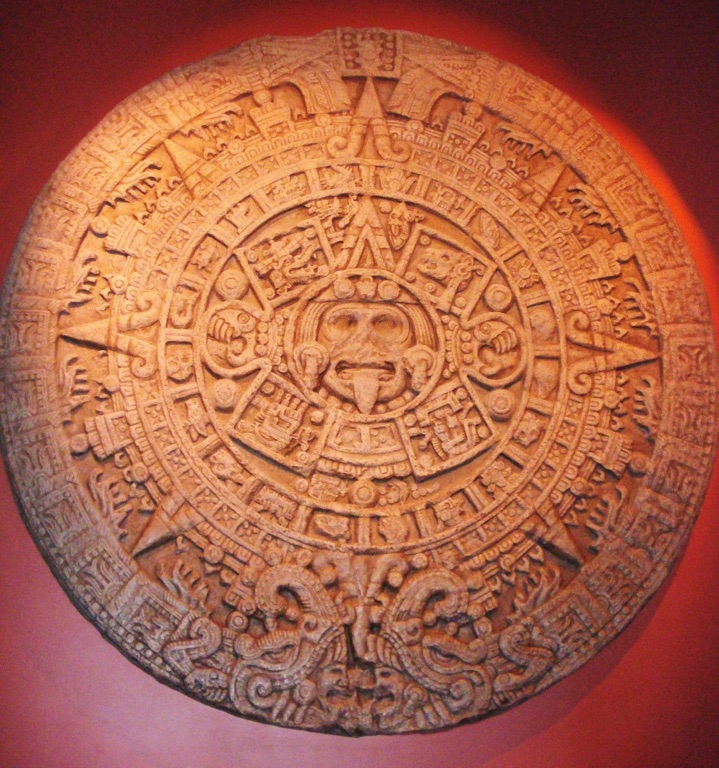The Aztecs, known more correctly as the Mexica, were a Mesoamerican culture that flourished in central Mexico in the post-classic period from 1300 to 1521. The Aztec civilization was incredibly complex socially, politically, and militarily. The Aztecs are perhaps best known for their intricate religious practices, often involving human sacrifice, their impressive architectural and artistic contributions, and their complex social organization.
Get your dose of History via Email
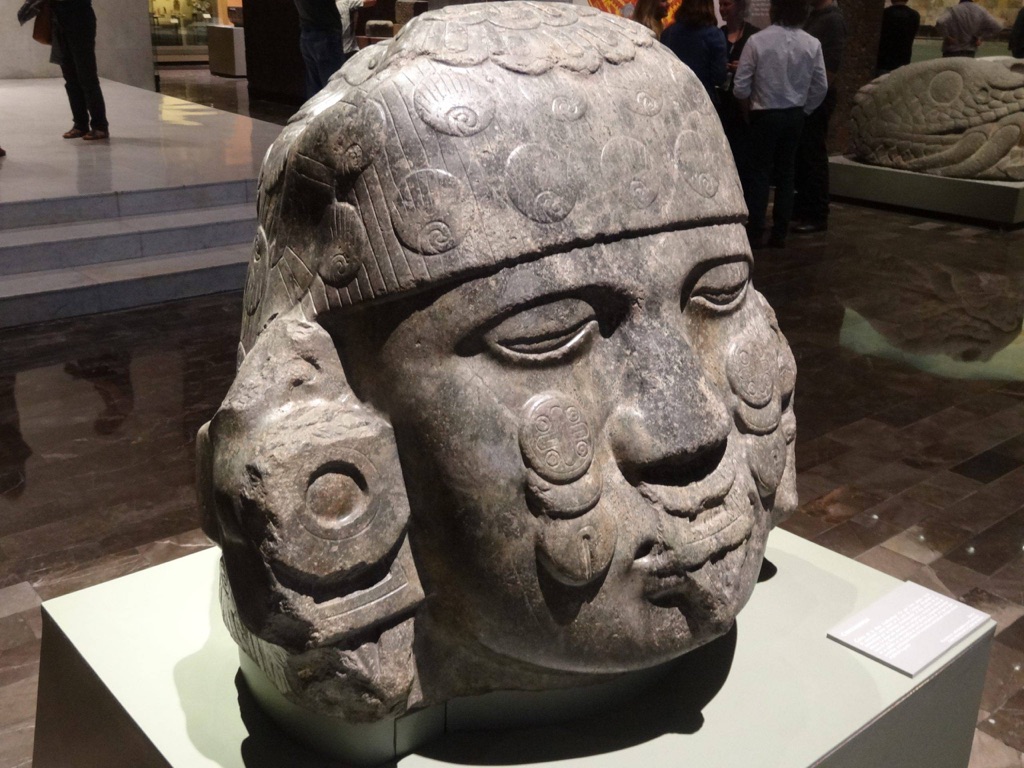
Where did the Aztecs live?
The Aztecs lived in the region that is now central and southern Mexico. They arrived in Mesoamerica–an area covering central Mexico to northern Costa Rica–around the beginning of the 13th century.
According to legend, the Aztecs migrated from a mythical homeland called Aztlan, located somewhere north or west of Mexico. The exact location of Aztlan is unknown and remains a topic of debate among historians.
The Aztecs settled on an island in Lake Texcoco, where they founded their capital city, Tenochtitlan, in 1325. The choice of location was guided by a prophecy that stated they would find their promised land where they saw an eagle eating a snake on a cactus.
Over time, the Aztecs expanded their territory through military conquest and alliances, eventually controlling a large empire that extended from the Pacific Ocean to the Gulf Coast and from central Mexico to the present-day Republic of Guatemala.
The Aztec Empire was organized into city-states, known as altepetl, each governed by a local lord. These city-states were interconnected through alliances and tributary relationships.
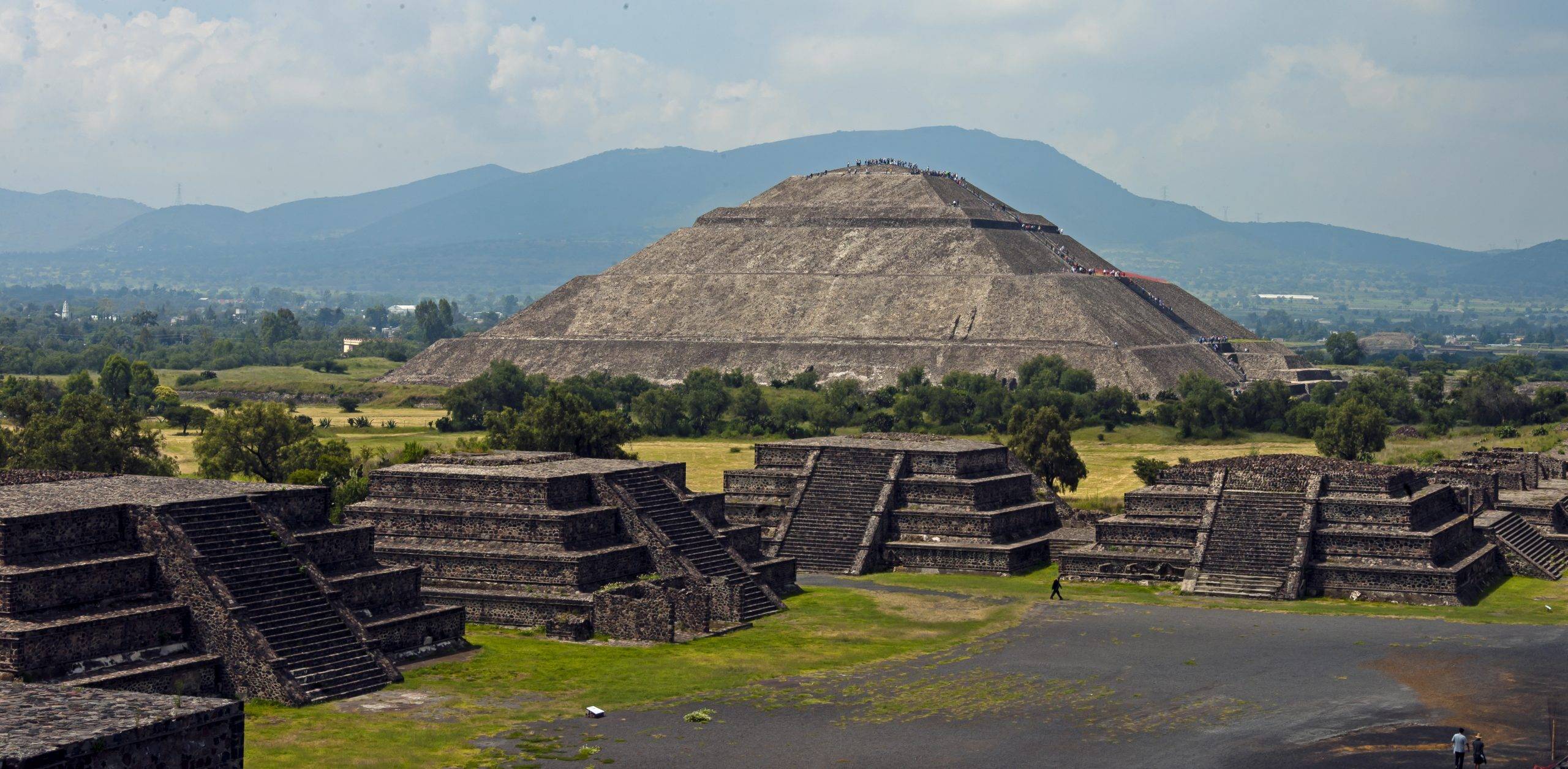
What was the capital of the Aztec Empire?
The capital of the Aztec Empire was Tenochtitlan, located on an island in Lake Texcoco in the Valley of Mexico. Today, this area is the heart of Mexico City.
Founded in 1325, Tenochtitlan grew to become one of the largest and most sophisticated cities in the world by the time of the Spanish arrival in 1519. It was a city of canals, causeways, and aqueducts, often compared to Venice for its beauty and complexity.
The city was divided into four zones, or campan, each governed by a local ruler. Each campan was further divided into 20 districts, or calpulli, which were the basic units of social organization in Aztec society.
The city’s center was dominated by the Templo Mayor, a large pyramid dedicated to the Aztec patron deity Huitzilopochtli and the rain god Tlaloc. The Templo Mayor was the religious and political heart of the city, where major ceremonies were held.
Despite its eventual destruction by the Spanish, Tenochtitlan remains a symbol of Aztec civilization and its achievements.
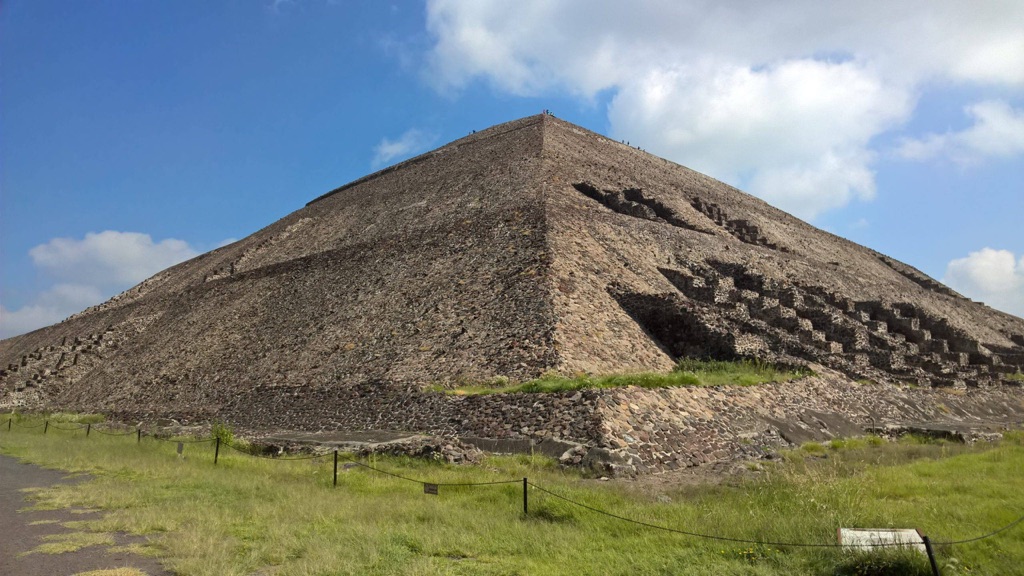
Did the Aztecs sacrifice human beings?
Yes, human sacrifice was a central part of Aztec religion and culture. The Aztecs believed that human sacrifice was necessary to appease their gods and ensure the continued existence of the world.
The victims of sacrifice were often prisoners of war, but they could also be slaves, criminals, or even volunteers. The method of sacrifice varied depending on the god being honored.
The most common form of sacrifice involved the victim being laid on a stone altar, where a priest would cut out the person’s heart. The body would then be thrown down the steps of the temple.
While human sacrifice was widely practiced in Mesoamerica, the scale of sacrifice in Aztec culture was unprecedented. The exact number of sacrifices is unknown and remains a topic of debate among historians.
Despite its brutality, human sacrifice was seen by the Aztecs as a necessary part of the cosmic order, a way to repay the gods for their sacrifices in creating the world and the sun.
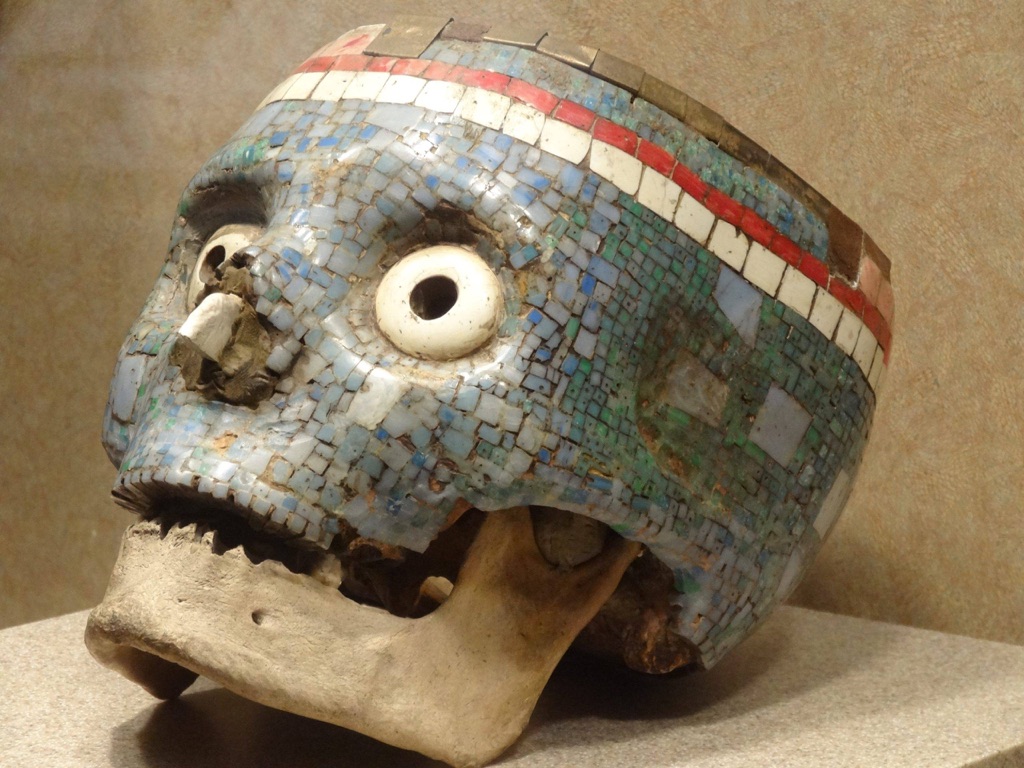
What were the Aztecs known for?
The Aztecs are known for their intricate religious practices, their impressive architectural and artistic contributions, and their complex social organization.
The Aztecs built impressive temples, palaces, and pyramids, many of which still stand today. They were also skilled artisans, producing fine pottery, gold and silver jewelry, and featherwork.
The Aztecs had a complex social structure, with a clear distinction between nobles and commoners. The nobility included the ruler, priests, and warriors, while the commoners were farmers, artisans, and merchants.
The Aztecs also had a sophisticated agricultural system, based on the cultivation of maize, beans, and squash. They developed a form of agriculture known as chinampas, or “floating gardens,” which were small, rectangular areas of fertile arable land used to grow crops on the shallow lake beds in the Valley of Mexico.
The Aztecs are also known for their calendar, which was based on a 365-day solar year and a 260-day ritual cycle. These two cycles together formed a 52-year “century.”
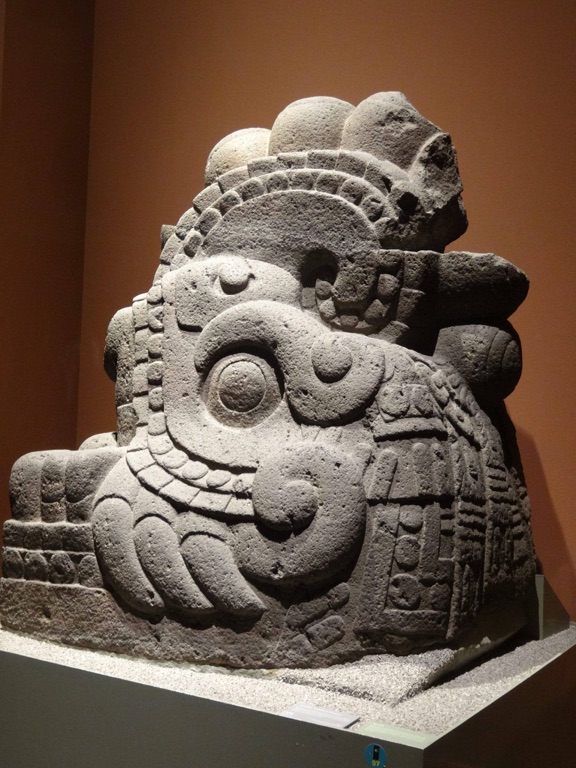
Did the Aztecs have a written language?
The Aztecs did not have a written language in the same sense as the alphabetic text we use today. Instead, they used a system of pictograms, or picture symbols, to convey meaning.
These pictograms were used in a variety of contexts, including religious texts, historical records, and administrative documents. They were also used to record the Aztec calendar and astronomical observations.
The Aztecs also used a system of glyphs, or symbols, to represent the names of individuals and places. These glyphs were often incorporated into larger pictorial scenes that told a story or recorded an event.
Despite the lack of a true written language, the Aztecs had a rich oral tradition, with a class of professional singers and poets who memorized and recited long epic poems.
While many of their texts were destroyed by the Spanish, some survived, providing valuable insights into Aztec culture and history.
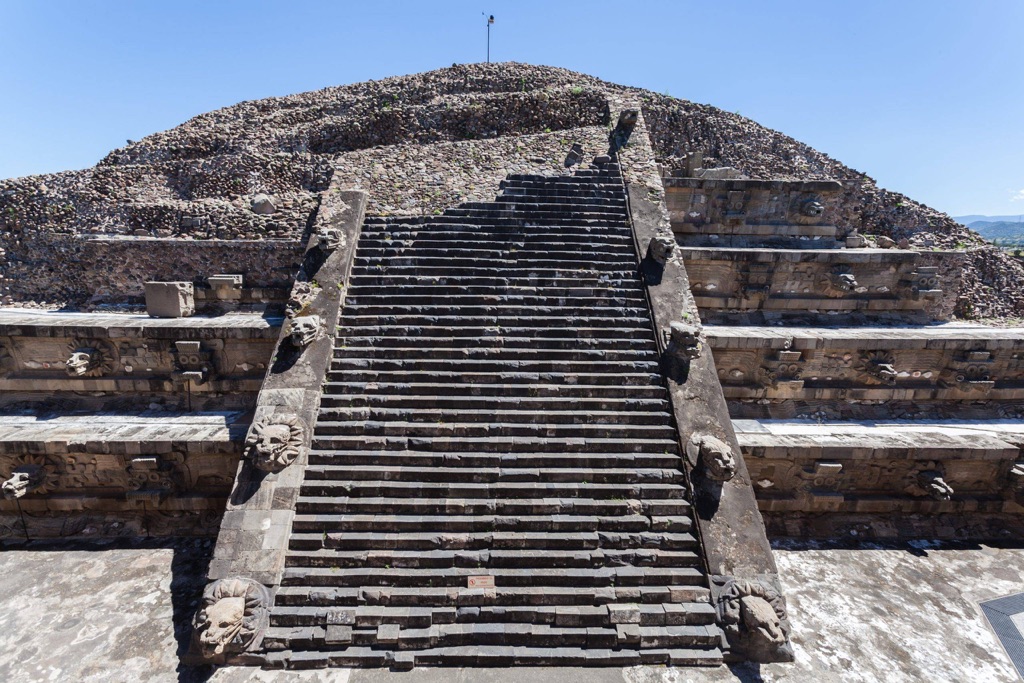
Conclusion and Sources
The Aztecs were a complex and sophisticated civilization, known for their intricate religious practices, impressive architectural and artistic contributions, and complex social organization. Despite their brutal practice of human sacrifice, the Aztecs made significant contributions to Mesoamerican culture and left a lasting legacy that continues to influence Mexico today.
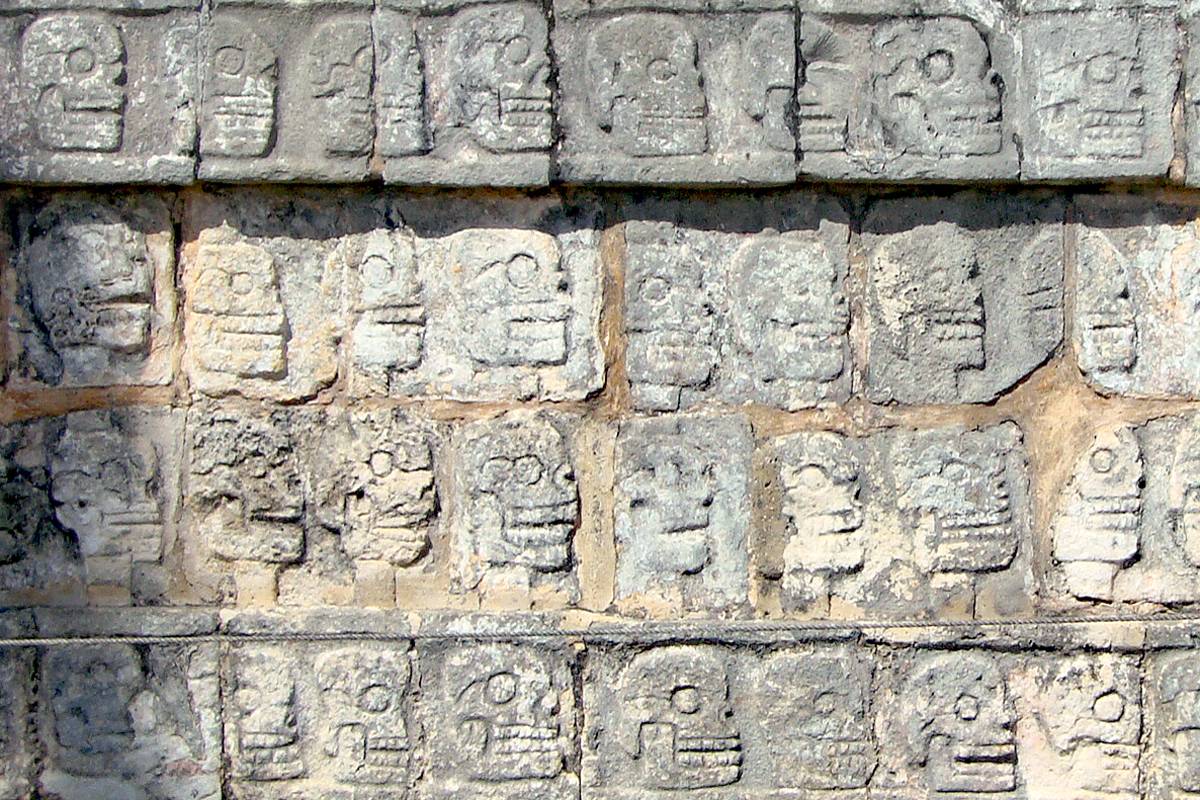
For further reading and verification of the information provided, please refer to the following sources:

